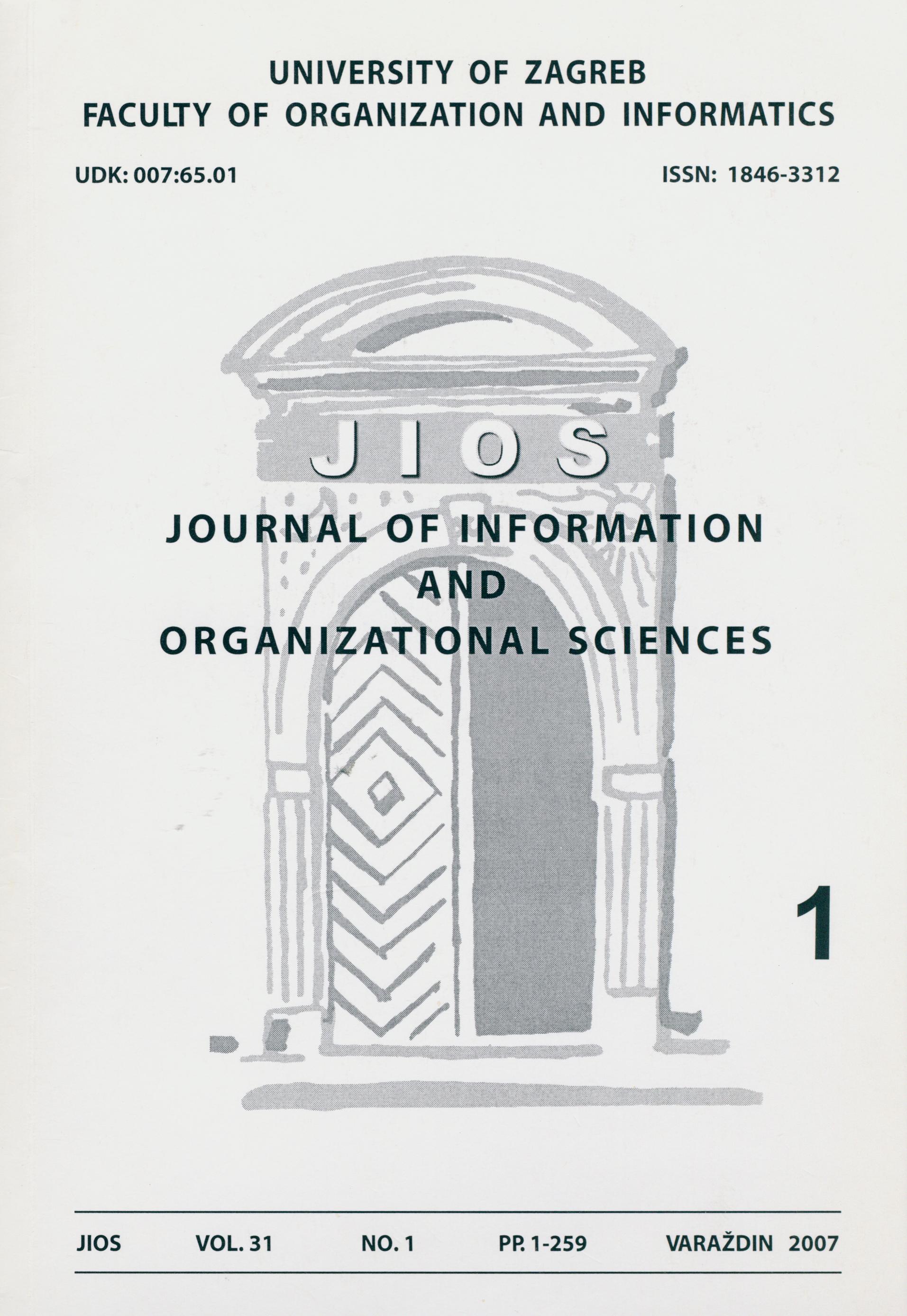ROLE OF UML SEQUENCE DIAGRAM CONSTRUCTS IN OBJECT LIFECYCLE CONCEPT
ROLE OF UML SEQUENCE DIAGRAM CONSTRUCTS IN OBJECT LIFECYCLE CONCEPT
Author(s): Miroslav Grgec, Robert MužarSubject(s): ICT Information and Communications Technologies
Published by: Fakultet organizacije i informatike, Sveučilište u Zagrebu
Keywords: UML (Unified Modeling Language); sequence diagram; object; object lifecycle; lifeline; software; model; code; RUP (Rational Unified Process); software development;
Summary/Abstract: When modeling systems and using UML concepts, a real system can be viewed in several ways. The RUP (Rational Unified Process) defines the "4 + 1 view": 1. Logical view (class diagram (CD), object diagram (OD), sequence diagram (SD), collaboration diagram (COD), state chart diagram (SCD), activity diagram (AD)), 2.Process view (use case diagram, CD, OD, SD, COD, SCD, AD), 3. Development view (package diagram, component diagram), 4. Physical view (deployment diagram), and 5. Use case view (use case diagram, OD, SD, COD, SCD, AD) which combines the four mentioned above. With sequence diagram constructs we are describing object behavior in scope of one use case and their interaction. Each object in system goes through a so called lifecycle (create, supplement object with data, use object, decommission object). The concept of the object lifecycle is used to understand and formalize the behavior of objects from creation to deletion. With help of sequence diagram concepts our paper will describe the way of interaction modeling between objects through lifeline of each of them, and their importance in software development.
Journal: Journal of Information and Organizational Sciences
- Issue Year: 31/2007
- Issue No: 1
- Page Range: 63-74
- Page Count: 12
- Language: English

